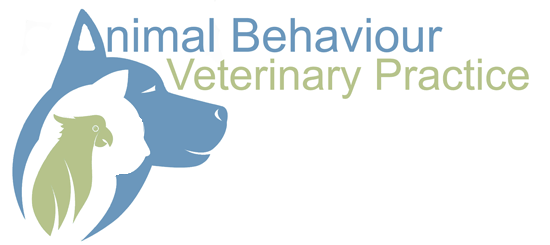The solution to behavioural problems as well as problems with obedience involves teaching the owner to be predictable and trustworthy and above all a good leader. But does learning to be a good leader mean that owners must dominate their dogs?
Interpreting information gathered from the study of captive wolf packs in the 1920’s and 30’s and assuming that this applied to canine social behaviour has had a huge impact on what can only be called popular dog psychology and led to dog training methods based on the dominance model.
Many of the old fashioned training methods, which unfortunately are still used even today, focused on punishing bad behaviour such as fear aggression or defying their owners in any way by using choke chains, prong or electric collars, throwing the dog onto the ground and forcing it onto its back (the alpha roll) and physical punishment. Some trainers even advised hanging the dog from its choke chain until it passed out! The name of the game was to win all aggressive encounters, regardless of the cause. These methods were all about forcing the dog to submit to the owner rather than changing the underlying emotional state that motivated or drove the behaviour.
Research on wolves in the wild (as opposed to the earlier studies on captive wolves) show that they live in a pack of related individuals and their social organisation is flexible depending on the availability of food. Normally only one male and one female within the pack breed at any one time and this top-ranking pair are called the alpha-male and alpha-female. Their role is to ensure the survival and continuation of the pack and this requires leadership and controlling shared access to resources. The other members of the pack share the rearing of the young and co-operate in hunting.
However the idea that dominance and rank is acquired through aggression and force is wide of the mark. Serious aggression resulting in injury and death reduces the ability of the pack to survive. Therefore successful leaders achieve high rank through proving their strength in play, ritualized mock fights and minor battles, as well as good social and leadership skills. Cohesion and co-operation not conflict ensures stability and survival.
More recent scientific studies have also shown that there are a number of difficulties in transposing studies on wolf behaviour to the domestic dog. Most importantly the role of domestication which we discussed last time. Domestication led not only to physical changes but also social changes.
Whilst wolves live in tightly knit packs of related individuals, free-ranging dogs exhibit more variability in their social structure forming loosely structured, often temporary groups with a tempered drive to attain high rank. These dogs also exhibit a less ritualized communications system and there is little collaborative hunting or care of offspring.
However in addition to the changes brought about by domestication there are many reasons why using the dominance model in dog training is a poor choice. In the wild when dominance is established by force it is aimed at gaining priority access to valuable survival resources such as food or breeding opportunities.
Dominance-submission is therefore irrelevant for most of the behaviours that owners want from their dogs such as walking calmly on the lead or coming when called. A dog that fails to perform such behaviour is not trying to establish a higher rank and since the behaviour is not motivated by the desire to become dominant, the use of aggression and dominance theory to change this behaviour is inappropriate. For example dogs that jump up are not exhibiting dominance but a natural greeting behaviour that can be changed through appropriate training rather than through dominating. There are also many reasons why you would not want your dog rushing out of the door first. – it might send you flying or it may rush on to the street and get hit by a car but the reasons for not allowing your dog to go out of the door first have nothing to do with dominance. However it is an easy concept to fall into because we are used to hearing how dogs are pack animals and we are the leaders of the pack and if we don’t dominate our dogs they will dominate us with dire consequences. This is a harmful concept and prevents owners from truly understanding their dogs.
It is natural behaviour for dogs to focus their efforts on accessing resources that are extremely important to them and which they know is going to have a positive emotional benefit or even to avoid something unpleasant. This behaviour of course may conflict with what the owner expects. So how do owners deal with this?
Unfortunately people who rely on dominance to train their dogs may need to continue to regularly threaten them or repeatedly use physical force or an increasing level of force. Apart from the fact that punishment only suppresses the behaviour and usually only in the short term, punishment does nothing to modify or change the underlying behaviour, it destroys the human-animal bond because the dog comes to see the owner as violent and unpredictable and in many cases it just makes the behaviour worse or the animal becomes aggressive as it tries to protect itself.
Leadership without force is established by consistently setting clear guidelines and limits for the dog’s behaviour and effectively communicating the rules by always rewarding correct behaviours as they occur whilst preventing or immediately removing the reward for undesirable behaviours before they are reinforced. The owner then becomes in the dog’s eyes trustworthy and dependable and most of all predictable. Instead of complying out of fear, dogs can then choose to follow the direction of their owner because it leads to rewards which further enhances and strengthens the human-animal bond and as animal lovers and pet owners isn’t this what we all want?


Leave A Comment